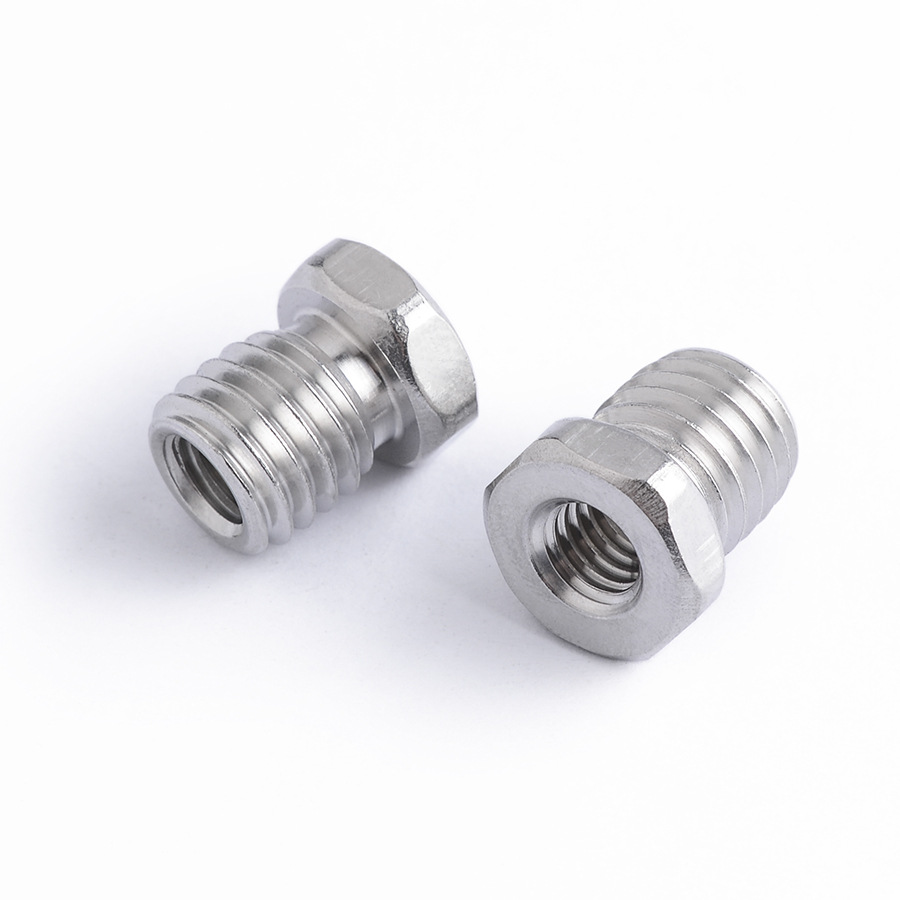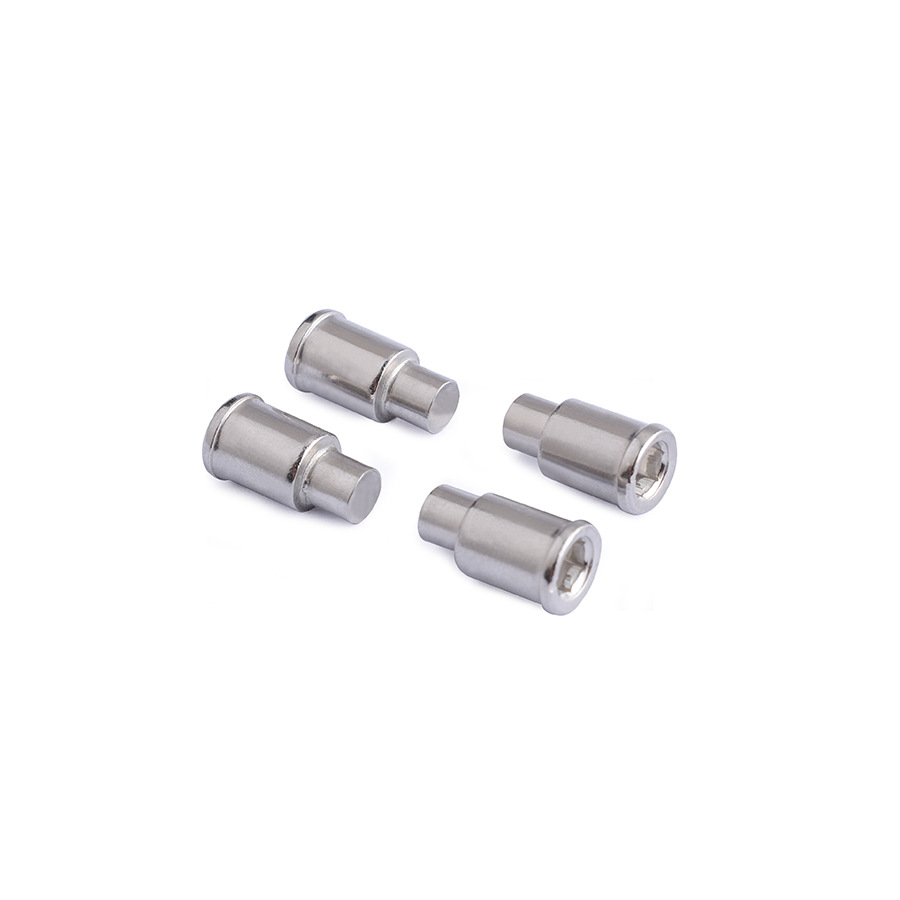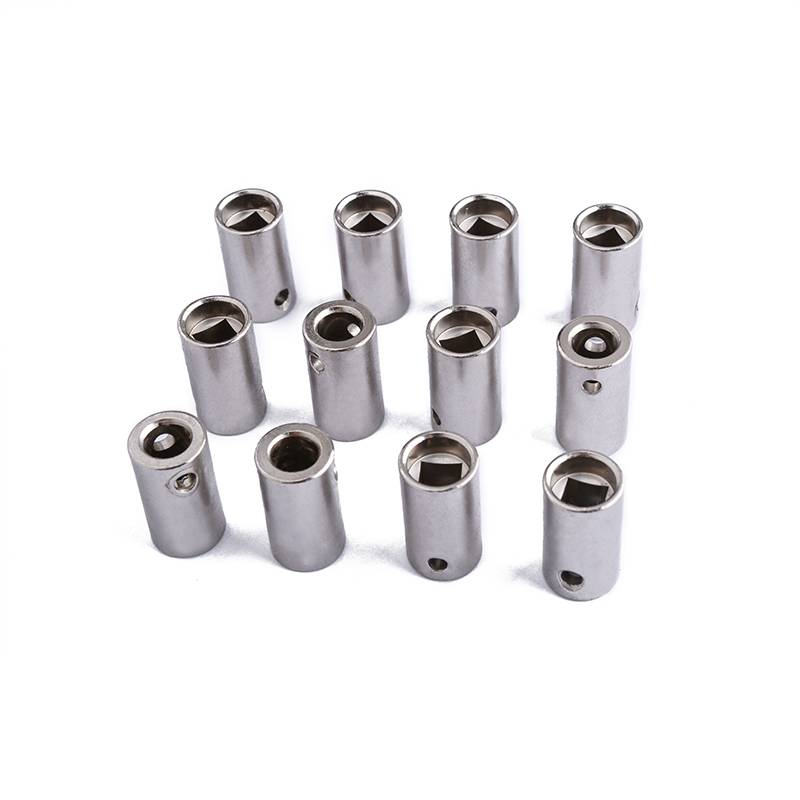- Time:2024/08/27 Posted:Dongguan Jierui Hardware Technology Co., Ltd
What are standard parts? Most people know that it is the abbreviation of standard fasteners. When we buy standard parts, we will also tell the manufacturer the product name (such as hexagonal bolts, hexagonal full-thread screws, etc.), standard (GB5783, DIN933, etc.), material (stainless steel 304, carbon steel grade 8.8, etc.), size (M10*60, etc.) and other requirements (electroplating, salt spray test, etc.). Basically, the more detailed you are, the faster you can find the corresponding fasteners.
When buying standard parts, because there are strict standard specifications, sometimes we are not very clear about some information, and we can match it through relevant information such as standard numbers. However, many times, standard parts with fixed specifications cannot meet our actual use needs, so we need to customize non-standard parts. For non-standard parts (non-standard fasteners), if the information we provide is incomplete, it is easy to spend money, and the result is completely different from what you need, and the goods are not the same, which is embarrassing. So, in order to buy suitable non-standard parts, we should do this:
1. Clarify the demand for non-standard parts
Before customizing non-standard parts, we need to know what occasions the non-standard parts we want are used for, what they are used for fastening, what effects we want to achieve after using them, whether they need to be anti-disassembly, and whether they need to conform to the product appearance.
2. Design drawings based on the purpose.
Design the appearance, specifications, dimensions, head shape, and groove shape of non-standard parts according to product requirements, and determine the material and surface treatment method based on their use environment. Generally, when customizing non-standard parts, the demander needs to provide drawings and indicate the specifications, dimensions, and requirements of each part on the drawings. If there are no drawings, it is necessary to provide samples of non-standard parts, and the manufacturer will design the drawings based on the samples and produce them; or explain the actual needs to the manufacturer in detail, and the manufacturer will design the drawings based on the actual situation.


3. Produce samples. Produce samples according to the drawings. If the demand for non-standard parts requires mold production, then the mold needs to be customized before production.
4. Samples. After the samples are produced, we need to use the samples in actual occasions, such as products, to see if they are suitable. If they are suitable, we will confirm mass production. Non-standard parts generally require mold production, and the production time will be longer than standard parts. When purchasing non-standard parts, you must also consider the delivery time so as not to affect the progress of the entire project.
